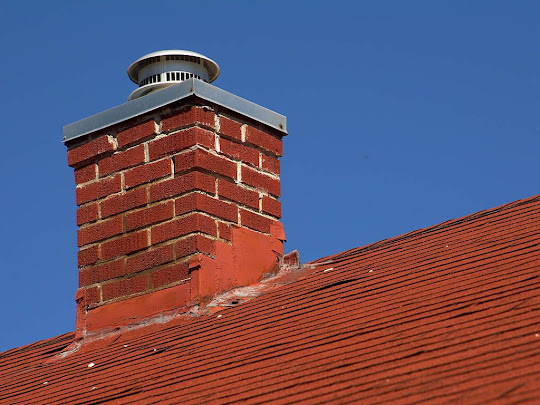Perhaps it’s the feeling of throwing a log into a fire and hearing the crackling and popping sound as it burns. Or perhaps it’s the warmth and ambiance that a burning fire adds to any room. For some, it’s the beauty of an updated hearth that adds a touch of cozy elegance to your home that’s appreciated by your guests. Whatever it may be, these are all good arguments to make fire the center of your home. With data from the US Census Bureau stating that 41% of newly constructed homes have fireplaces, it’s safe to say that household fireplaces are going nowhere. And just like with most trends, what is old becomes new again as wood-burning fireplaces have seen an uptick in popularity in recent years.
What Determines Fireplace Trends?
One thing that sets fireplace trends apart from other home decor trends is the fact that in this product category, trends are determined by the law and building standards. So, while what homeowners want of course plays a role, design choices and requirements are often already decided for us. These requirements take into account both environmental and safety concerns when determining fuel sources, insert styles, and more.
Wood Burning Is The New Trend
Today, wood-burning fireplaces are more than just home heaters, they are a statement centerpiece of the home. They are made in a variety of sizes, accommodating log lengths from 18 inches to over 30 and no matter the style of your home whether traditional or contemporary, there is a wood-burning fireplace perfect for your home.
One thing most modern fireplaces have in common is the glass doors that showcase the flames, allowing it to radiate heat and warm your home even when the power is out. These doors aren’t just for loading wood and watching the fire crackle and flame, but they are the secret to high efficiency and low emissions of these units. Open-face fireplaces allow a large volume of air from the living environment to over-feed the fire and escape up the chimney. This causes the fireplace to burn through more wood than necessary and the living area becomes cold as the air from outside comes in.
Advantages Of Wood-Burning Fireplaces
Heating During Power Outages
During the cold winter months when ice from snow storms can collect on tree branches, causing them to knock out power lines, a wood-burning fireplace becomes very handy. As long as you have plenty of dry firewood piled up, you can build and maintain a hot fire that radiates heat throughout your home even during a power outage.
Lower Utility Bills During The Winter
No matter whether it’s gas or electric, central heating is expensive. Rather than relying strictly on central heating for your heat source, you can use your fireplace to offset its cost. It is not only cheaper but also an equally if not more effective way to heat your home.
Increased Home Value
When you’re ready to sell your home, a wood-burning fireplace is a feature a lot of homebuyers look for and will set your property apart from others. According to a survey conducted by the National Association of Realtors, a fireplace increases the value of a home by an average of $1,220. Some buyers were willing to pay over $2,000 more for a home with a wood-burning fireplace.
The Smell Alone
A wood-burning fireplace gives off a distinct and pleasant aroma that many people enjoy. Different species of wood will produce different aromas. For example, cherry wood has a distinct, mildly fruity scent while oak gives off a reicher, heartier aroma. Experiment with different wood species to find out what you like and what best suits your home.
Save On Electricity Bills
Rather than using traditional lighting like an overhead fixture or free-standing lamp, you can use your wood-burning fireplace. This gives off beautiful natural light to illuminate your home in the evenings and saves on your electricity bills.
Costs Less Than Gas Fireplaces
Compared to gas fireplaces, wood-burning fireplaces cost less to operate. Gas fireplaces constantly consume natural gas while burning so when you use your gas fireplace, you will be charged for the amount of natural gas you consumed during that time. With a wood-burning fireplace, you only have to purchase wood. And even the highest-quality firewood costs significantly less than natural gas.
It’s More Environmentally Friendly
Wood is a sustainable and renewable resource and as trees are cut down and processed into firewood, more trees are planted. When compared to fossil fuels, wood is less taxing on the environment as it releases less carbon dioxide into the atmosphere than fossil fuels.
They Are Low Maintenance
Some people think that wood-burning fireplaces require a lot of work and time to maintain but that doesn’t have to be the case. You should shovel and dispose of ash at the bottom of the firebox and get a professional chimney sweep to look at it annually, but that is pretty much all the maintenance they require.
If you are looking to add a wood-burning fireplace to your home or you already have one and need to ensure it is properly maintained, call A Step In Time today!
.jpg)
.jpg)

.jpg)
Comments
Post a Comment